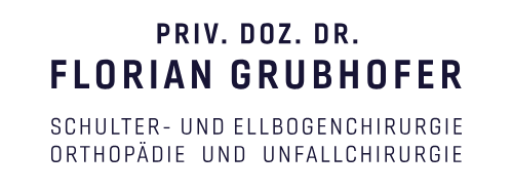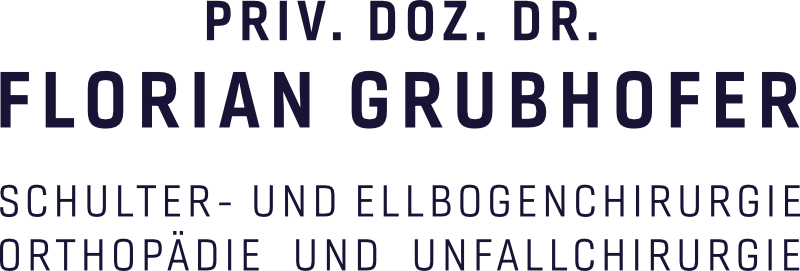When is a reverse shoulder arthroplasty indicated?
The most common reason for a reverse shoulder arthroplasty is irreparable rotator cuff tears (see separate module). After exhausting conservative treatments, it is typically recommended for patients with persistent pain and functional limitations.
Due to excellent outcomes, the indications have expanded to include other conditions, injuries, or complications, such as:
• Severe humeral head fractures, especially in elderly patients.
• Rotator cuff tears that might still be repairable but involve a challenging rehabilitation process, particularly for older patients.
• Revision surgeries after failed anatomical shoulder prostheses or hemiarthroplasties.
• Tumor resections requiring joint reconstruction, including the loss of the rotator cuff.
What does the surgical procedure involve?
The surgery lasts approximately 90 minutes. A 7 cm incision is made along the anterior shoulder.
Surgical steps include:
1. Accessing the joint atraumatically between the deltoid and pectoral muscles.
2. Opening the joint by detaching the subscapularis tendon.
3. Fixating the long biceps tendon to the humerus to prevent post-operative pain.
4. Implanting the glenosphere on the scapula and the humeral stem with its associated cup.
5. Shifting the joint’s mechanical center (medialization) to allow the deltoid muscle to restore overhead function, compensating for the absent rotator cuff.
The incision is closed with subcutaneous and absorbable sutures. Sterile strips and a waterproof dressing are applied, which can remain in place for two weeks.
What functional outcomes can be expected?
One year post-surgery, 95% of patients rate their outcomes as good or excellent.
Main benefits include:
1. Significant pain relief or complete pain resolution.
2. Restoration of overhead function.
However, rotational movements, particularly internal rotation (e.g., reaching behind the back), can be unpredictable. Preoperative internal rotation capacity is a key factor influencing post-operative outcomes.
What is the rehabilitation process?
• Immobilization with slight passive motion exercises in a sling for two weeks, mainly to protect wound healing.
• After two weeks: Begin passive and assisted active range-of-motion exercises without resistance.
• After six weeks: Gradual strengthening exercises.
• After twelve weeks: Progress to full load-bearing activities.
Patients may not drive while using a sling.
How long does a reverse shoulder arthroplasty last?
Data from large prosthesis registries (e.g., Australia) show:
• 93% of implants remain functional after 10 years.
• 83% remain functional after 20 years.
Reasons for earlier revision include infection, instability, fractures, or rare cases of loosening. Modern materials and surgical techniques are expected to increase the longevity of current implants beyond these registry figures.

